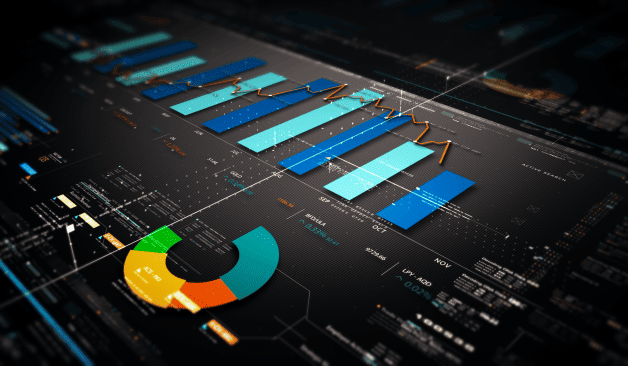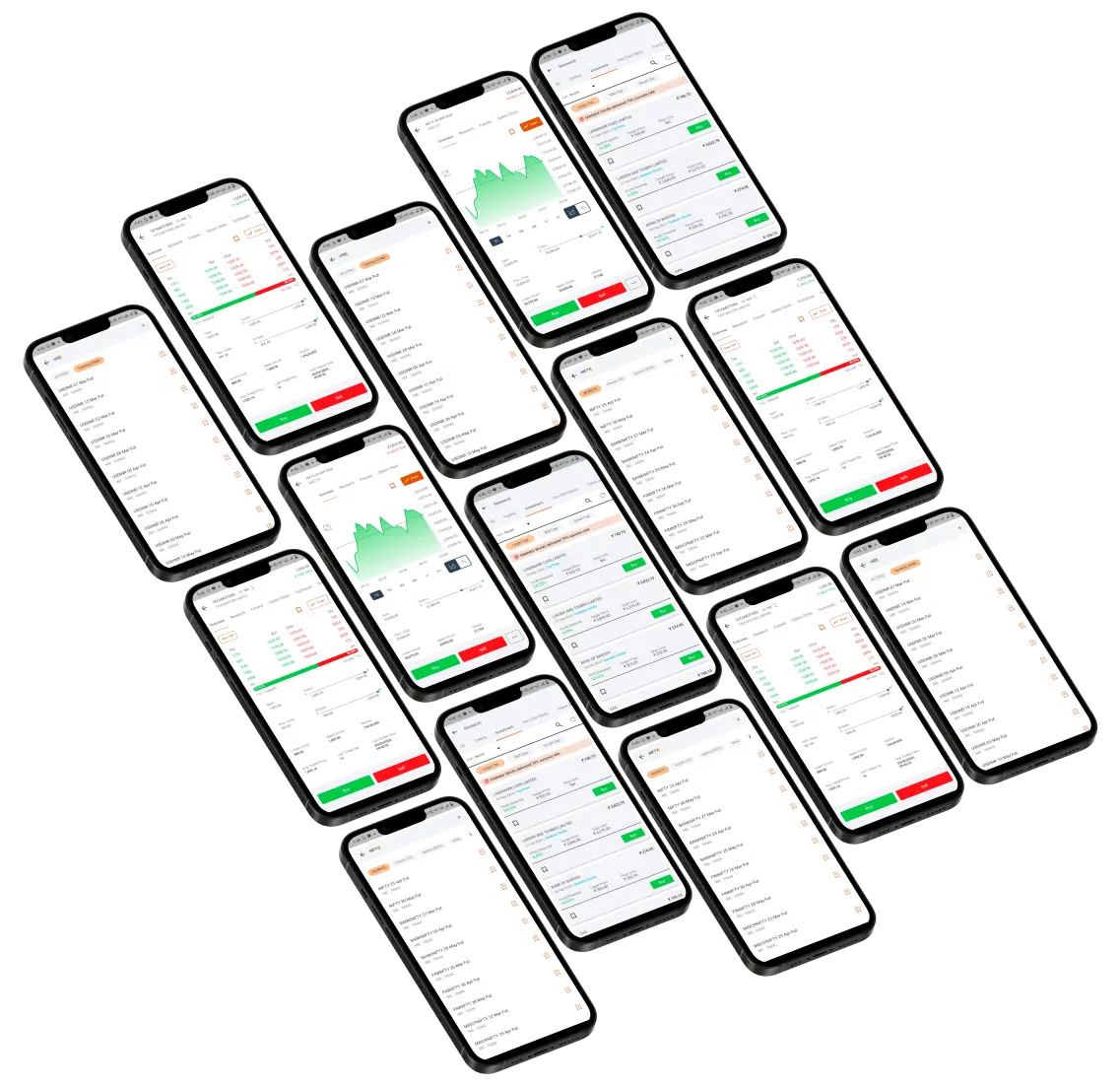
Understanding the importance of volume: Part 2
In the previous post, we went through the fundamentals of volume analysis, how to interpret it, and some notable technical analysts and researchers' observations.
We will continue with it in today's post and study some advanced volume analysis principles with some helpful indicators.
We covered volume using a straightforward trading example in the previous piece, but I believe it's essential to learn more about volume using a bid-ask table.
Suppose we have a bid and ask table for a stock as shown below:
In this table, the bid price represents the highest price that a buyer is willing to pay for the stock, while the ask price represents the lowest price that a seller is willing to accept for the same stock. The bid-ask spread is the difference between the bid price and the ask price.
The bid size represents the number of shares that buyers are willing to purchase at the bid price, while the ask size represents the number of shares that sellers are willing to sell at the ask price.
Let's assume that during a specific period of time, the following trades occur:
- 100 shares are traded at a price of 10 rupees
- 50 shares are traded at a price of INR10.05 rupees
- 150 shares are traded at a price of INR10.10 rupees
To calculate the volume of each trade, we can multiply the price by the number of shares traded. For example, the volume of the first trade would be 100 x 10.00 = 1,000 rupees. We can then calculate the total volume for the period by summing up the volume of each trade. In this case, the total volume would be:
INR1,000 + INR502.50 + INR1,515 = INR3,017.50
The total volume indicates the total value of shares that were traded during the period. Traders and investors use volume analysis to identify potential price movements and trends. High volumes can indicate strong buying or selling pressure and potential price movements in the direction of the volume, while low volumes may indicate a lack of market interest and potential price stagnation.
As we know, the total volume for the period was INR3,017.50. This tells us the total value of shares that were traded during the period, but we can also use this information to calculate the average volume per minute or per hour, depending on the time frame we are interested in.
Let's assume that the period we are looking at is 30 minutes. We can calculate the average volume per minute by dividing the total volume by the length of the period:
INR3,017.50 / 30 = INR100.58 per minute
This means that, on average, INR100.58 worth of shares were traded every minute during the 30-minute period. We can use this information to compare trading activity across different periods of time and identify trends and patterns.
In the bid and ask table example above, we can see that there is more buying interest at the lower price levels and more selling interest at the higher price levels. This means that if the price were to increase, there may be more selling pressure, while if the price were to decrease, there may be more buying pressure.
Useful indicators for Volume Analysis
1. On-Balance-Volume (OBV):
On-Balance-Volume (OBV) is the granddaddy of all volume indexes. Joseph Granville proposed OBV in 1976. On-Balance Volume (OBV) is a technical analysis indicator that measures buying and selling pressure by cumulatively adding or subtracting the volume traded on a stock or other financial asset based on whether prices close up or down.
The theory behind the OBV indicator is that when the volume on up days is greater than the volume on down days, it is a sign of accumulation and suggests that investors are buying the asset. Conversely, when the volume on down days is greater than the volume on up days, it is a sign of distribution and suggests that investors are selling the asset.
The OBV is calculated by taking the cumulative total of the volume traded on up days and subtracting the cumulative total of the volume traded on down days. If the closing price of the asset is higher than the previous day's closing price, the volume for that day is added to the cumulative total. If the closing price is lower, the volume is subtracted. If the closing price is the same, no volume is added or subtracted.
Traders often use OBV in conjunction with other technical analysis tools to identify potential buying and selling opportunities. For example, if the price of an asset is trending upwards but the OBV is trending downwards, it may suggest that there is a divergence between the price and the buying pressure, which could signal a potential reversal. Conversely, if the price is trending downwards but the OBV is trending upwards, it may suggest that there is a divergence between the price and the selling pressure, which could also signal a potential reversal.
How can the OBV be used in prices that are in a consolidation pattern or trading range rather than trending? When prices are in a trading range and the OBV breaks its own support or resistance, the break often indicates the direction in which the price breakout will occur. Therefore, it gives an early warning of breakout direction from a price pattern.
2. Money Flow Index
Another method of measuring money flow into and out of a stock is the Money Flow Index. It considers "up" days and "down" days to determine the flow of money into and out of a stock. It takes into account both price and volume to determine the strength of the trend and the likelihood of a reversal.
The MFI is calculated by first calculating the typical price of the asset, which is the average of the high, low, and closing prices for a given period. The money flow is then calculated by multiplying the typical price by the volume for that period. This gives an indication of the amount of money flowing into or out of the asset.
An MFI value above 80 is typically considered overbought and may indicate that the asset is due for a price correction, while an MFI value below 20 is typically considered oversold and may indicate that the asset is undervalued and due for a price rebound. These parameters, along with the period, are obviously adjustable.
Conclusion
Volume analysis is an essential tool for traders and investors to understand the buying and selling activity of a particular asset. By examining the volume, you can determine whether there is sufficient market interest and liquidity to support a trend, identify potential reversals and breakouts, and confirm price movements. However, volume analysis should not be used in isolation, but in combination with other technical and fundamental analysis tools to make well-informed trading decisions. By mastering the art of volume analysis, traders can gain a competitive edge in the market and achieve their investment goals.










